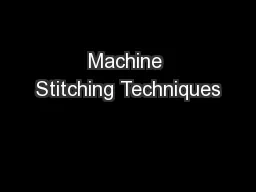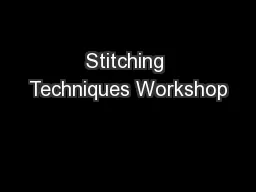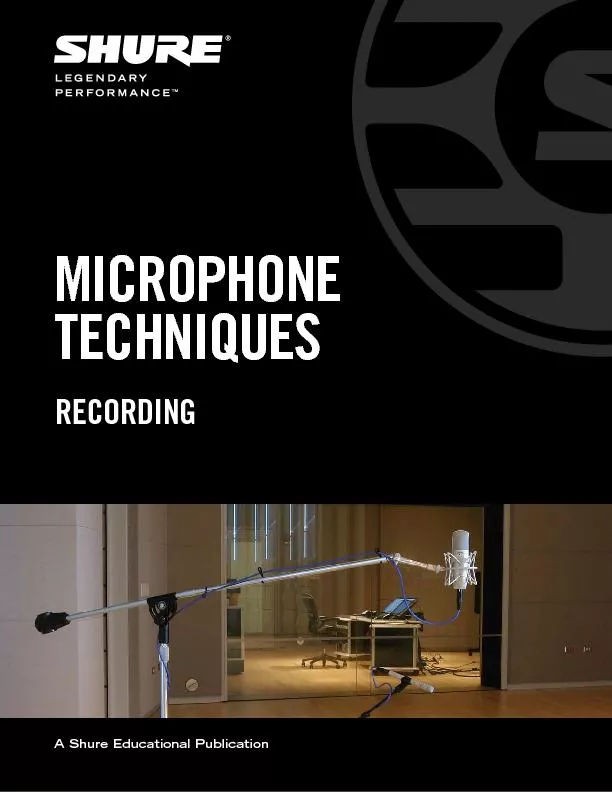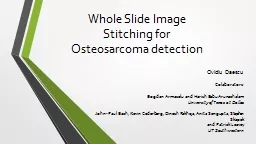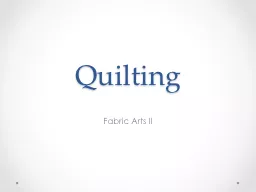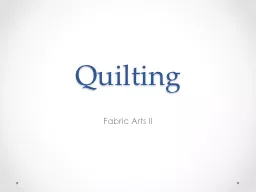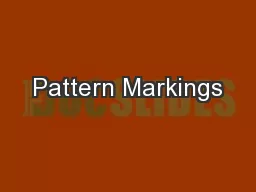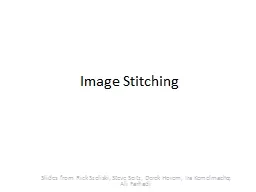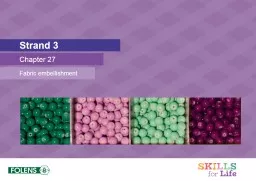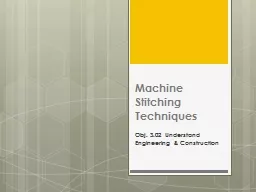PPT-Machine Stitching Techniques
Author : celsa-spraggs | Published Date : 2018-03-17
Obj 302 Understand Engineering amp Construction Stitch Lengths Stitch Length is determined by the purpose A medium stitch length is most common Basting stitches
Presentation Embed Code
Download Presentation
Download Presentation The PPT/PDF document "Machine Stitching Techniques" is the property of its rightful owner. Permission is granted to download and print the materials on this website for personal, non-commercial use only, and to display it on your personal computer provided you do not modify the materials and that you retain all copyright notices contained in the materials. By downloading content from our website, you accept the terms of this agreement.
Machine Stitching Techniques: Transcript
Download Rules Of Document
"Machine Stitching Techniques"The content belongs to its owner. You may download and print it for personal use, without modification, and keep all copyright notices. By downloading, you agree to these terms.
Related Documents

